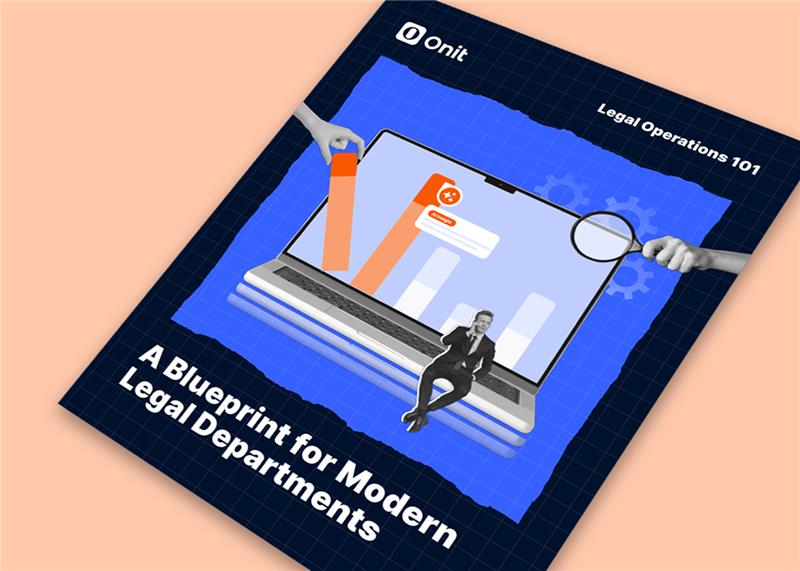It was the bastion of a successful, busy lawyer as little as 15 years ago. It sat on desks, was cradled by counsel, paralegals and secretaries and, undoubtedly, caused many backaches.
I am writing of the humble Redweld – that brown, expanding folder that housed nearly every aspect of a matter from motions to correspondence to billing. During the heavy-paper heydays, Redwelds ruled legal offices.
And they had a good run.
Now, with smartphones, iPads, laptops, email and the Internet (or the Interweb if you’re truly old school), a lot of information is electronic and it’s not quite as easy to build a comprehensive view of an ongoing matter. Information is fragmented, with electronic documents, conversations and billings anchored to various legal contributors and programs within the law department.
The Redweld isn’t enough. Having something to unite electronic information – say a portal or SharePoint – is not enough. Today’s successful law department needs processes and tools to effectively manage all aspects of their matters – from budgeting to performance to time management to spend … and beyond.
Sunsetting Redweldian Processes
Like the rapidly retiring Redwelds, the processes used to manage matters 15 years ago no longer support the business principles that are prevalent in law departments today. There’s a fundamental difference between the business of law and the practice of law. The business aspect creates a succinct overview of matter performance – versus only the outcome of the matter itself on the legal side.
Building off of these basic business principles is the growing adoption of legal practice management. Matters are no longer opened, worked and closed. They are evaluated, budgeted, measured, reported on and compared to similar matters and industry benchmarks. Project management supports these efforts with disciplined, task-based and systematic approaches towards the legal work process. In many ways, it can help to “standardize” the process by:
- Establishing manageable and clear protocols for managing various legal projects, including the process of budgeting, reporting and communication
- Defining objectives
- Identifying potential constraints and building up a plan that will help in creating a working map for clients and lawyers
- Analyzing bills to help understand the costs, budgets and potential alternative fee arrangements
The New Tools
New disciplines necessitate new tools. In order to surpass Redweldian expectations, a law department needs to have software that not only supports project management best practices, but supports it for the legal environment. It’s not enough to have a shared portal of information (don’t get us wrong – if you’re migrating from a pure-paper Redweldian environment, this is still a huge first step. However, it’s only helpful in uniting information, not true project management.)
Here are some questions to ask when evaluating legal project management software:
- Can it support specialized or standardized billing codes?
- Can it appropriately associate documents with the correct matter?
- Is it showing – and have the capacity to report on – the information that corporate counsel need on a day-to-day basis?
- Does the software offer the security that is mandatory for you, your clients and your corporation, non-profit, organization or university?
- Can you look at one screen and see an accurate overview on the matter’s status, budget and progress?
- Does the software play nice with the technology you already have? For example, does it integrate with Outlook?
Curious about legal project management? Start gathering information by viewing some of these demos. They’ll help you get a feel for the process and tools available today.
Have more questions? Reach out to us at [email protected].






